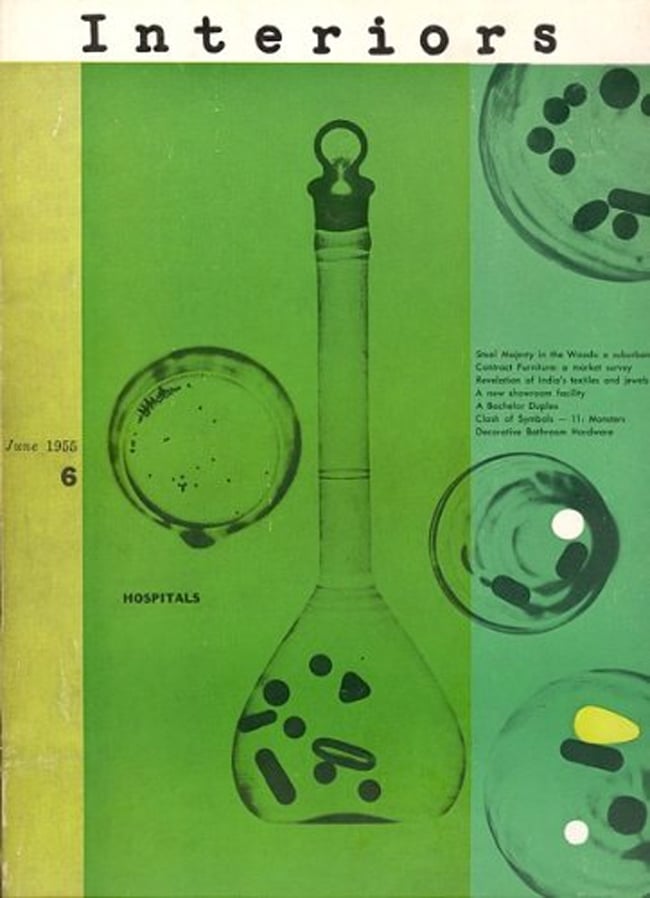
October 15, 2015
Remembering Matriarch of Modern Design Journalism, Olga Gueft
A memorial to the late editor in chief of Interiors magazine and lifelong design advocate.

A terse message appears on my screen. “Olga Gueft died.” Immediately, I do a Google search. No memorials, no obits, not a word about who she was, what she did, and why everyone reading this should realize the foundational role she played.
Olga was one of the most significant foremothers in modern design journalism and advocacy, yet she is barely a blip in our vast digital knowledge base.
As editor in chief of the once robust magazine Interiors, Olga was a cheerleader for the growing field of interior design— a flourishing industry grew up around the interiors professions’ specifications for high-quality, high-volume furnishing product. She was a fair critic, an exemplary writer and photographer, and a tough boss who demanded the very best of everyone she employed. I know this because she hired me as her assistant and quickly proved to me that I knew nothing. She was right. To meet her exacting standards, I set out to learn everything about the world she introduced me to. Secretly, I believe she was daring me to do better because she saw her own stubborn self in me. Everything I know started with the examples she gave me to follow, including her enthusiasm for design at every scale and passion for art, its natural companion.
I do find a few things in my online search, including some things that I never knew. I learn that Olga was the official American agent for the 1954 Milan Triennale (after the State Department passed up the opportunity to showcase the triumphs of our industry at that exposition). She pulled together a roster of industrial designers who would become legends, such as Peter Muller-Munk, Eliot Noyes, Russel Wright, and Raymond Loewy, and their now iconic creations.
I also find a collection of Interiors magazines from the 1950s and ’60s, with their evocative covers—usually the work of young artists like Andy Warhol—now on sale as collector’s items, with mentions of Olga as editor and George Nelson as one of the contributors.
But there is so much more to this dynamic woman, who also played an important role in modernizing the interiors profession’s trade organizations. She talked about these things during our many lunches in some Upper West Side bistro or other, as well as working on her book, which never materialized.
Now it’s time for the next generation to take on that project. What with all the new master’s programs in interior design, there must be young scholars who will do Olga Gueft proud. This needs to happen soon. I can hear my mentor and dear friend reminding us that professions are defined by their stories—his stories and her stories. Without these foundations we get only fleeting bits of information, easily swiped into oblivion.
Recent Viewpoints
Viewpoints
Navigating the Path to Net Zero





